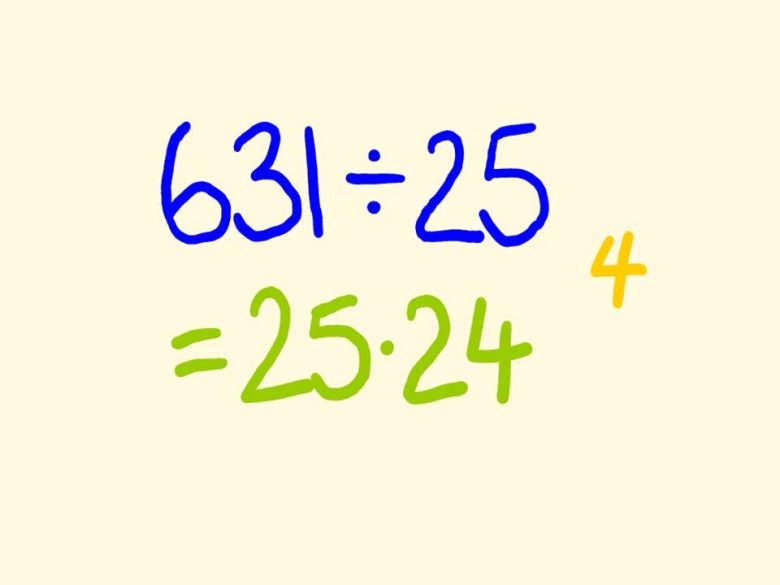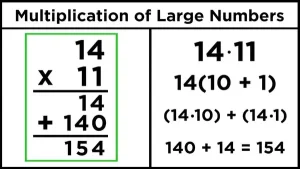Often students are wary of dealing with division as it can be challenging especially for those who have not mastered its techniques. Nonetheless, students can attempt to use these tips to ease out the process and get to the solution within a shorter duration.
This trick assists students in tackling larger numbers by converting them into smaller components prior to dividing, allowing them to transform long division into multiplication problems, which are considerably easier to solve.
- Examine the Divisor and Dividend
Division is critical in math, yet it can pose as a challenge. Learning the relevant terms and symbols would help in solving as well as operating within the time more efficiently.
A dividend of a division is any number which is to be divided; it may be an integer, fraction, or even an algebraic expression. On the other hand, a divisor is any number that divides the dividend and could be graphically represented using a horizontal line (also known as division bars).
Dividing does not always guarantee exact outcomes. If a number is not an exact divisor, it will leave a remainder. A remainder is how much is left if the dividend has already been divided by its divisor as much as it is possible without going beyond it.
A method to find suitable divisor is to divide the number by itself, which for some may not always be feasible, since one cannot divide by zero. If this method does not work for you, long division is your problem solver.
Just like fraction division, long division starts by dividing the numerator and denominator. First of all, figure out how many times your divisor fits into your dividend. If the answer is two, write one over the division bar above two, and write the number next to the dividend where it appears to six is how many times two will go into.
- Simplifying the Numbers
Students who need to divide slices of pizza among friends, or those who face division in advanced math exercises, these methods are for better and quicker results. From finding the divisor and simplifying to skip counting, these methods of division work will help guide children to master this challenging skill.
Using simplifications tends to be very efficient in any division problem. This is accomplished by identifying the greatest common denominator between the two numerators or denominators of a fraction and then simplifying the fraction. Even complex cases are simplified with ease: 4 x 26 can be solved by transforming the multiplication into two simple problems followed by simple division.
In order to solve complex fractions, you can divide the fraction into smaller pieces. For example, to divide 56 by 6, you may simplify it into 40 and 24, and multiply them separately by 9 so the end divisor is 3. This can be used for any number which is multiplied by 9.
This method also applies to long division, when estimating the answer for each step individually. To speed up this process, students can simply eliminate from the equation the more challenging figure. In this case, to solve 567/153, students can remove 7 from the denominator to make the remaining number much simpler, roughly four hundred.
- Apply the Halving Strategy
This method enables greater efficiency and speed in solving problems because any division operation can be turned into a multiplication one by simply halving the numbers involved. For example, 48 multiplied by 5 divided by 2 can be simplified by dividing that number by 4 and doubling it until you are left with 12 x 6 (12 x 6).
This solution method works especially well with bigger numbers that appear too big to be broken down easily at first glance. This greatly simplifies large division problems, particularly those with odd number divisors.
Instilling in children that long division is not the only option towards problem solving will instill greater self-confidence and expedite the problem-solving process with these hacks. Watch them gather faith in their abilities as they face more challenging problems involving decimal and fraction calculations. With these steps, students are sure to improve as the math skills onsets with these amazing tricks!
- Skip counting
As for students who still lack sufficient techniques, division can seem intimidating, yet mastering this skill is going to help them in difficult mathematics classes and later in life.
Assist your students in becoming proficient at division with these handy tricks. Whether it is long or short division, these techniques can help improve problem-solving efficiency in no time.
When teaching multiplication, instead of incrementing by one, encourage the learner to number the items while physically marking off every other item. This will help children master multiplicative thinking which is very important when it comes to dividing things.
Employing reciprocals is one way to speed up problem solving. This technique is especially useful when dealing with large integers as it transforms division into multiplication. For example, when dividing by 2, a student could use its reciprocal, which is 2.
To achieve these division tricks, children must engage in frequent practice. Thankfully, interactive online games allow children to practice these skills in a fun way whilst still using many engaging strategies.




